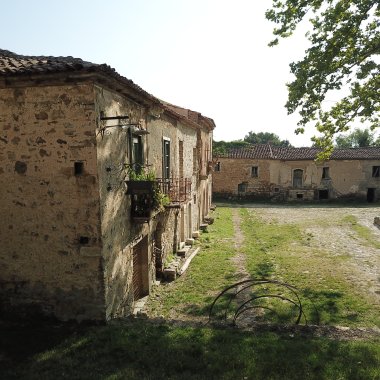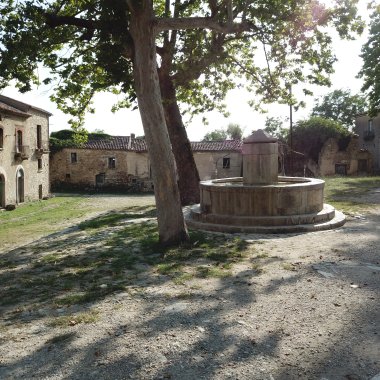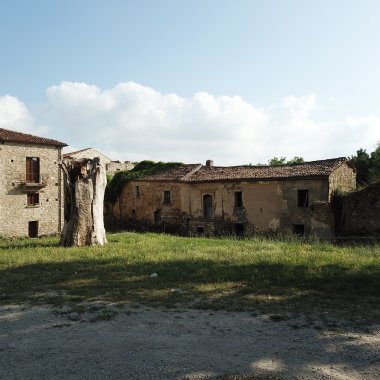The Pompei of the twentieth century
When in 1982 the journalist Onorato Volzone discovered Roscigno Vecchia, he called it "The Pompeii of the twentieth century". This splendid definition gives the precise meaning of this UNESCO World Heritage Site.
The first settlement was originally called Russino, then by dialect assonance from russignuolo (which means nightingale) the name became the current Roscigno. Impossible not to notice how this dialectal term is almost identical to the translation of nightingale in French (rossignol), Catalan (rossinyol) and Spanish (ruiseñor): over the centuries, Cilento has also seen the French, Catalan - Aragonese and Spanish domination, often history stays hidden in the most common words.
Nature decided Roscigno's fate, and even if it was not so cruel as to bury its inhabitants under the lava as in Pompeii, it made sure to stop time at a precise moment.
As for San Nicola di Centola, also for Roscigno the abandonment was caused by the instability of the land. There was no catastrophic event, but an eviction due to landslide risk, which forced the population to abandon their homes and rebuild the town further upstream, starting from 1902. Those who did not have the material resources to build another home decided to emigrate, especially to the Americas and Switzerland, aggravating the sense of "diaspora".
The "trauma" of that generation a century ago has allowed those who came after to see and visit a unique example of a rural village absolutely untouched by modernity, an exact picture of the architecture, landscape and life of a century ago.
Roscigno is a true Village Museum. The rows of typical houses of Cilento, built in stone, with mortar and sand and terracotta tiles, were often also shops. Each row was inhabited by people who did the same job, a sort of "corporate agglomeration". Traces of these ancient crafts can still be seen on the portals and shop signs. The Church of San Nicola, a waterhole, a circular fountain overlook the main square.
And among these stones a museum has been opened, the first of its genre in Campania: the Museum of Rural Life, in whose rooms the story of the infinite synergy between man and nature is told, as the cycles of crops, of wheat, grapes, olives ...
All this beauty did not go unnoticed: National Geographic has dedicated beautiful pages to Roscigno, which has also entered into film productions.
Check availability






























